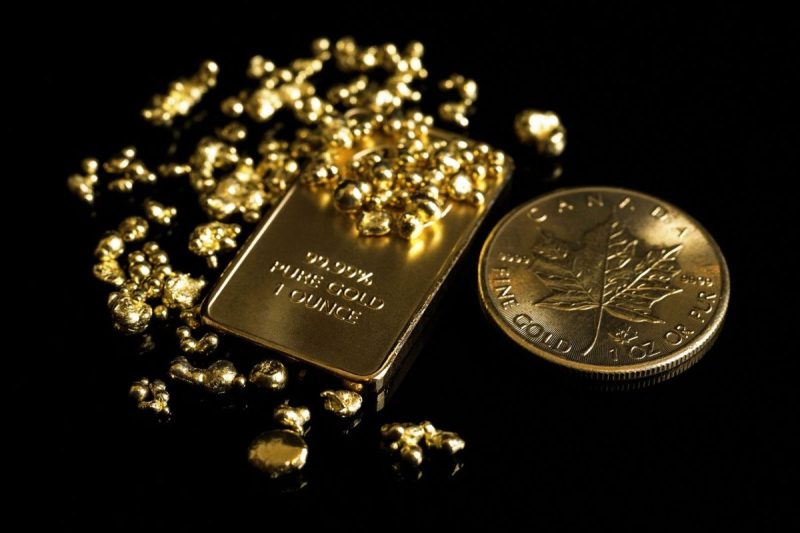With the ever-changing landscape of economic uncertainty, investors are increasingly looking for ways to diversify their portfolios and hedge against potential market downturns. One popular option is investing in physical gold, which has long been considered a safe haven asset during times of economic turmoil. In this guide, we will explore the ins and outs of investing in physical gold to help you make informed decisions about adding this precious metal to your investment strategy.
**Understanding Physical Gold**
Physical gold is one of the oldest forms of money and has been valued throughout history for its rarity, beauty, and intrinsic worth. When investors talk about investing in physical gold, they are typically referring to purchasing gold coins, bars, or bullion. Unlike paper assets like stocks or bonds, physical gold provides a tangible asset that can be held directly by the investor.
**Advantages of Investing in Physical Gold**
One of the foremost benefits of investing in physical gold is its role as a hedge against inflation and economic uncertainty. Gold has a long history of maintaining its value over time, making it a reliable store of wealth. Additionally, physical gold is not subject to the same risks associated with financial assets, such as default or bankruptcy.
Furthermore, physical gold is a highly liquid asset that can be easily bought or sold in most major financial markets worldwide. This liquidity provides investors with the flexibility to quickly convert their gold holdings into cash when needed.
**Considerations When Investing in Physical Gold**
Before diving into the world of physical gold investments, there are several key considerations to keep in mind. Firstly, investors should consider the purity and authenticity of the gold they are purchasing. It is crucial to buy gold from reputable dealers or mints to ensure the quality and authenticity of the metal.
Additionally, storage and insurance are essential factors to consider when investing in physical gold. Investors must decide whether to store their gold at home, in a bank vault, or with a trusted storage provider. Ensuring proper insurance coverage will protect your investment against theft or damage.
Moreover, investors should be mindful of transaction costs associated with buying and selling physical gold. These costs can vary depending on the dealer or broker, so it is essential to research and compare fees before making a purchase.
**Diversifying Your Portfolio with Physical Gold**
Adding physical gold to your investment portfolio can provide diversification benefits and reduce overall risk. Gold has historically exhibited low correlation with other asset classes, such as stocks and bonds, making it an effective tool for spreading risk across different investments.
Investors can choose to allocate a portion of their portfolio to physical gold to help mitigate volatility and safeguard against economic downturns. By diversifying with gold, investors can potentially enhance the stability and resilience of their investment portfolio.
**Conclusion**
In conclusion, investing in physical gold can be a valuable addition to your investment strategy, offering a myriad of benefits such as hedging against inflation, preserving wealth, and diversifying your portfolio. By understanding the fundamentals of investing in physical gold and considering important factors like storage, insurance, and transaction costs, investors can harness the power of this precious metal to safeguard their wealth in uncertain times.
